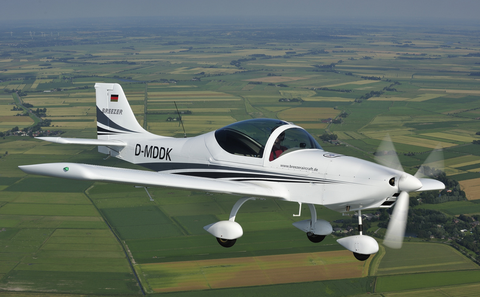
In this area the factor that creates the majority of drag experienced by the boundary body is the fluid viscosity. In fluid mechanics the layer of fluid in the immediate vicinity of a bounding surface is known as the boundary layer. In general, for flying it is desirable to reduce all drag (parasite and induced) to a minimum.

Thus, the latter force (drag) is directly influenced by the body surface roughness and lift is affected in turn. The component of this force that is perpendicular to the direction of motion is called lift, and the component parallel to the direction of motion, which opposes body velocity, is called drag. As a consequence, a non-homogeneous roughness distribution must appear.Īn airfoil-shaped body which moves through a fluid produces an aerodynamic force. Taking into account the geometrical characteristics of a wing (length and cross-section), flight conditions and erosive effect of the wind, damage will be distinct on different parts of the airfoil. One specific case which we are interested is to study of the erosion (damage) on the wings of an actual aircraft, due to the mechanical influence of the wind and other factors that contribute to the increase of roughness.

For these reasons, among others, the roughness and its effects have been investigated in-depth for a long time. In all these and many other cases, the increase in roughness can lead to significant negative effects.

In aeronautical engineering the use of specialty paints (coating), whose aim is to minimize the friction of the object relative to the fluid in which it moves, and the ice build-up and pollution on the wings of an aircraft are some examples in which the control of the roughness is important. Numerous examples are known in which the surface roughness plays an important role in the operation and performance of all types of technological systems.


 0 kommentar(er)
0 kommentar(er)
